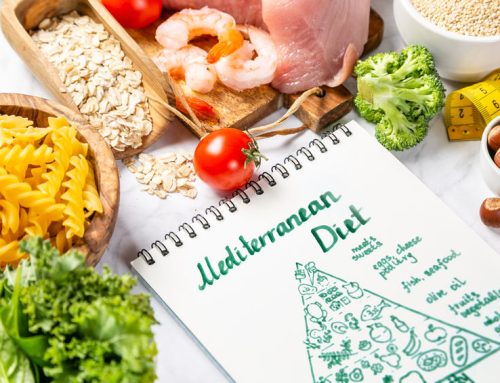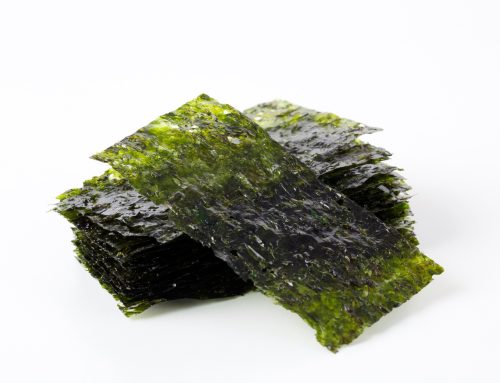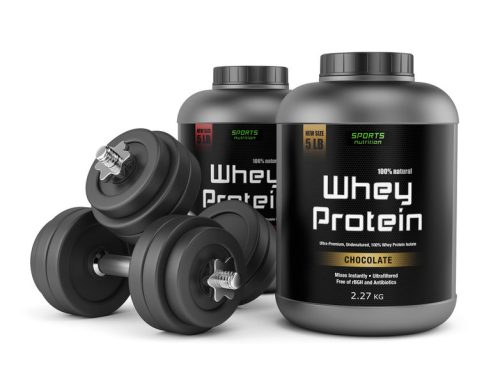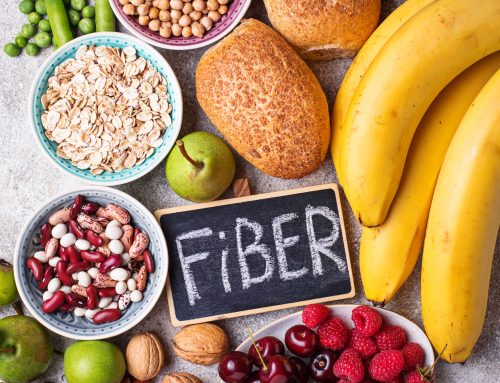Healthy diet substitutes are readily available. With a little thought you can make some healthy diet substitutes and improve your diet significantly without making you feel deprived.
There are plenty of unhealthy eaters in the land of plenty. Despite improvements in essential nutrient deficiencies, the status quo of the American diet continues to be of great concern, according to the US Department of Health’s 2015-2020 Dietary Guidelines:
Five Easy Healthy Diet Substitutes
Americans eat too many refined grains, added sugars, sodium, saturated fats, and animal products. By contrast, the majority of Americans don’t eat enough fruits, veggies, whole grains, and seafood.
With an eye toward small shifts in dietary patterns, here are some healthy diet substitutes you can make today.
Heavy and sour creams to yogurt
In various recipes for baked goods, dressings, and sauces that call for sour or heavy creams, yogurt can be used as a healthy substitute with little difference in taste. In recipes calling for sour cream, for example, you can use fat-free yogurt instead. And in recipes calling for heavy cream, try substituting equal parts low-fat yogurt and plain, low-fat unsalted cottage cheese. You’ll get the same great taste and consistency without the high saturated fat content.
The benefits of yogurt and other fermented foods are touted in this review article:
“It is increasingly understood that fermented foods can also have enhanced nutritional and functional properties due to transformation of substrates and formation of bioactive or bioavailable end-products. Many fermented foods also contain living microorganisms of which some are genetically similar to strains used as probiotics. Although only a limited number of clinical studies on fermented foods have been performed, there is evidence that these foods provide health benefits well beyond the starting food materials.”
Milk chocolate to dark chocolate
The cacao flavanols contained in dark chocolate are antioxidants that can help reverse the effects of some degenerative diseases, such as those related to the eyes. Furthermore, dark chocolate has been found to improve cardiovascular function, enhance blood flow, and slow memory loss. Eating dark chocolate has also been found to boost mood and cognition.
In one study published in JAMA Ophthalmology, researchers found that consumption of a single dark vs milk chocolate bar improved high- and low-contrast vision in study participants within 2 hours of consumption. The researchers suggested that the mechanism of this change could be improved blood flow.
Processed to unprocessed meat
Although both processed and unprocessed red meats have been tied to increased mortality, study findings concerning unprocessed red meat have been mixed. To further examine the associations of unprocessed red meat, processed meat, and other dietary protein sources with the risk of mortality, researchers analyzed data from the Netherlands Cohort study, which followed 120,852 participants aged 55-69 years for dietary and lifestyle habits.
The study authors concluded:
“[T]his large prospective study suggests that, while red (unprocessed) meat intake is not related to increased mortality, processed meat consumption is related to an increased risk of overall, [cardiovascular], and respiratory mortality, potentially due to nitrite. Substituting processed meat with other protein sources may lower mortality risk. The findings provide support for public health recommendations to minimize processed meat intake.”
Sugary beverages to coffee, tea, or water
Ideally, nobody should be drinking sugar-sweetened beverages. However, if you can’t go cold turkey, consider cutting back. In one high-powered study published by the American Diabetes Association, substituting just one daily serving of a sugar-sweetened beverage—including fruit juice—with water, coffee, or tea was associated with a 2% to 10% decrease in the risk of developing type 2 diabetes. Importantly, no decrease was observed in those who switched to an artificially sweetened beverage.
Saturated fats to unsaturated fats
For saturated fats, the writing is on the wall, at least according to an American Heart Association Presidential Advisory:
“Taking into consideration the totality of the scientific evidence, satisfying rigorous criteria for causality, we conclude strongly that lowering intake of saturated fat and replacing it with unsaturated fats, especially polyunsaturated fats, will lower the incidence of [cardiovascular disease].”
Saturated fat intake is related to increases in LDL-cholesterol levels, which can lead to atherosclerosis if left untreated. In Mediterranean and East Asian populations whose diets generally consist of low saturated fat intake, lower rates of cardiovascular disease have been observed.
Examples of foods with high levels of saturated fats include fatty beef, pork, butter, and lard. Foods high in unsaturated fats include fatty fish like salmon, corn oil, and walnuts.
On a final note, it’s a good idea to substitute restaurant meals for meals that are prepared at home. Typically, choices made at restaurants are higher in sugar, salt, and fat content. And these days, more than one-third of all calories Americans now consume come from restaurants (including takeout, home delivery, fast food, etc.)—an amount that has nearly doubled since 1977-1978.
Click here to read full article on healthy diet substitutes.







